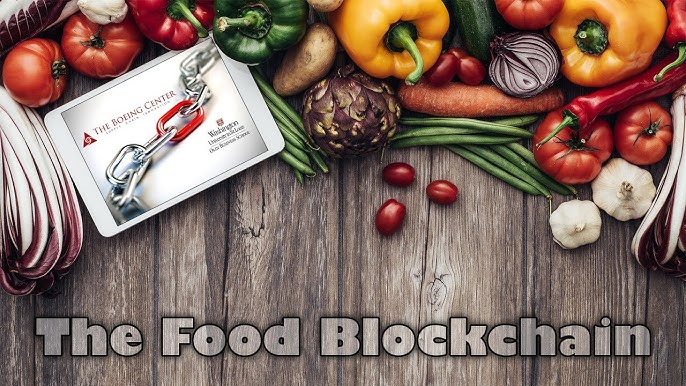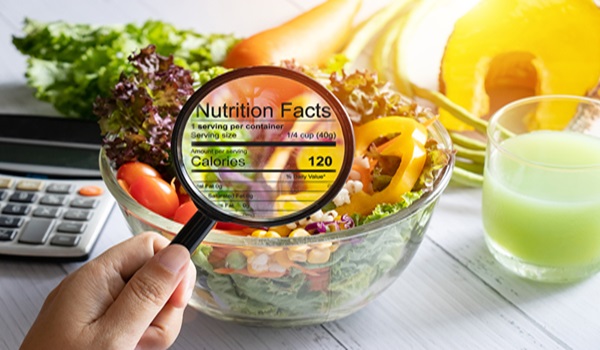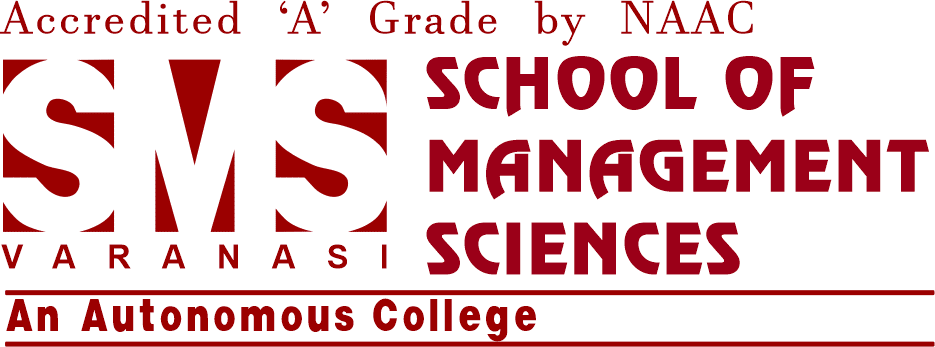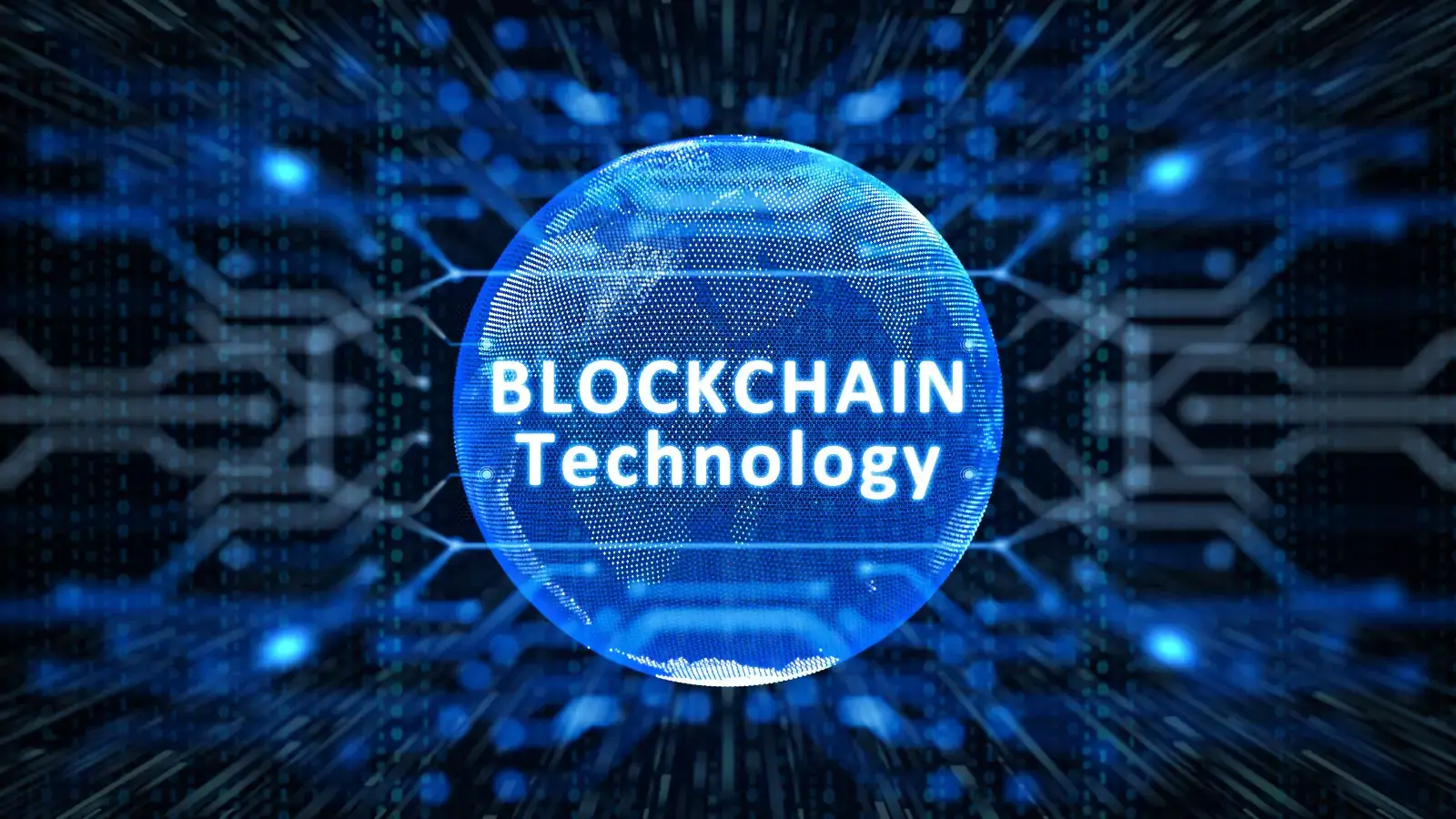
A wide range of stakeholders, including farmers, processors, distributors, retailers, and consumers, are involved in the complex and interconnected global food supply chain. The difficulties related to food safety and traceability has increased in complexity along with this system. Using blockchain technology has become an effective means to address these issues in recent years. Blockchain technology has the potential to significantly contribute to the protection of public health and the enhancement of customer trust through the improvement of transparency, data integrity, and accountability throughout the supply chain.
Understanding the Importance of Food Safety and Traceability
With millions of people affected by foodborne diseases each year, food safety is a major problem on a global scale. The World Health Organization (WHO) reports that each year, food that is contaminated and contains dangerous bacteria, viruses, parasites, or chemicals results in approximately 600 million instances of sickness and 420,000 deaths. These outbreaks have a substantial negative economic impact as well, resulting in product recalls, a decline in customer confidence, and monetary losses for businesses.
Ensuring food safety requires traceability, or the capacity to follow food products through every step of manufacturing, processing, and distribution. Good traceability systems make it possible to quickly identify the origins of contamination, which facilitates product recalls and stops the spread of hazardous products. However, traditional traceability solutions can be ineffective and prone to fraud or mistakes since they frequently rely on digital systems that are divided into layers or paper-based data.
Blockchain Technology: An Overview

Blockchain technology is a distributed ledger that operates on numerous computers and maintains decentralized records of transactions. Its design prevents data from being changed after the fact. A “chain” of visible, unchangeable data is created when each transaction, or “block,” is connected to the one before it. Although the uses of this technology in cryptocurrencies have attracted a lot of attention, its promise goes well beyond digital banking.
The three main characteristics of blockchain technology are transparency, immutability, and decentralization which make it a perfect fit for tackling the issues that traditional approaches have in the context of food safety and traceability.
How Blockchain Enhances Food Safety and Traceability

Improved Transparency and Trust
The ability of blockchain to offer end-to-end transparency in the food supply chain is among its most important benefits. Food product movements and transactions are tracked on the blockchain, allowing one to follow a path of the product from farm to plate. Customers’ belief in the quality and safety of the goods is boosted by this openness, which gives them access to comprehensive information about the source, processing, and distribution of the food they consume.
Enhanced Data Integrity and Security
Traditional traceability solutions frequently depend on centrally maintained databases, which are subject to loss, manipulation, and hacking. On the other hand, the decentralized design of blockchain lowers the possibility of data breaches and manipulation by guaranteeing that no single party has authority over the whole system.
Furthermore, data which is stored on the blockchain cannot be deleted or altered after it has been recorded. This confidentiality guarantees that everyone involved in the supply chain has access to accurate and trustworthy information. In the event of a problem with food safety, authorities can promptly locate the source of contamination and take the necessary measures to minimize the harm to the public’s health.
Streamlined Recalls and Crisis Management
When an issue with food safety occurs, time is of the essence. Businesses can minimize financial losses and protect consumers more effectively by identifying and recalling contaminated products as soon as possible. Blockchain technology allows for real-time product tracking, which makes it possible for businesses to quickly identify the source of an issue and isolate affected batches.
Reduced Fraud and Counterfeiting

Within the worldwide food sector, food fraud is becoming a bigger problem. This includes adulteration, infringement, and mislabelling. Customers may be duped by these tactics, which also significantly harm their health. Blockchain technology may be used to fight food fraud because it offers an unbreakable trail of a product’s movement through the supply chain.
Anybody involved in the supply chain, from farmers to retailers, may document details about the product’s handling, processing, and place of origin on the blockchain. It is far more challenging for fraudsters to change or fake records since this information is unchangeable. Customers are more likely to acquire genuine and secure items thanks to this higher degree of protection.
Challenges and Future Outlook

Blockchain technology has many potential advantages for food safety and traceability, but there are drawbacks as well. A significant infrastructure and training expenditure is necessary for the implementation of blockchain technology, especially for small-scale suppliers and producers. Furthermore, the involvement and collaboration of all supply chain participants are essential to the effective implementation of blockchain projects.
The requirement for uniformity presents another difficulty. Common procedures and standards that all players may follow are necessary for blockchain to function effectively on a global scale. Without it, blockchain’s full promise to improve food safety and traceability would not be fulfilled.
It seems like blockchain technology will have a bright future in the food sector. Increased use of solutions based on blockchain by businesses to boost transparency, lower fraud, and improve food safety is probably in store as technology develops and matures. With further development and cooperation from industry participants, blockchain holds the ability to completely transform the global food supply chain and guarantee that the food we eat is genuine, safe, and traceable.
Conclusion
Food safety and traceability problems have a revolutionary new answer in the shape of blockchain technology. Blockchain makes it possible to respond to food safety concerns more quickly and efficiently while also enhancing customer trust by offering a transparent, secure, and decentralized record of a product’s path through the supply chain. Blockchain has the potential to become a pillar of the contemporary food industry, guaranteeing that the food we consume is ethically sourced, safe, and sustainable as more businesses and organizations use this technology.





